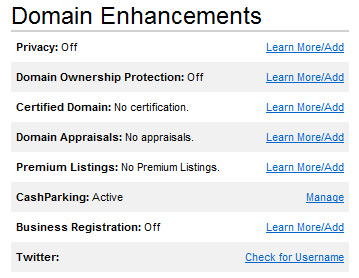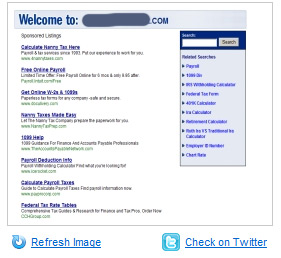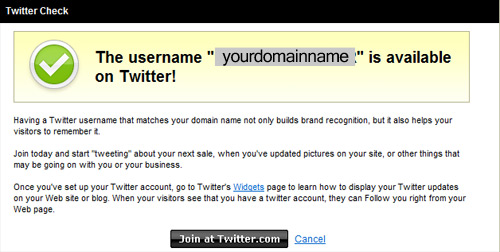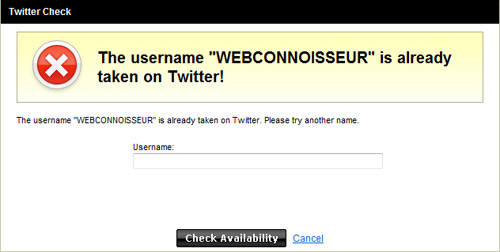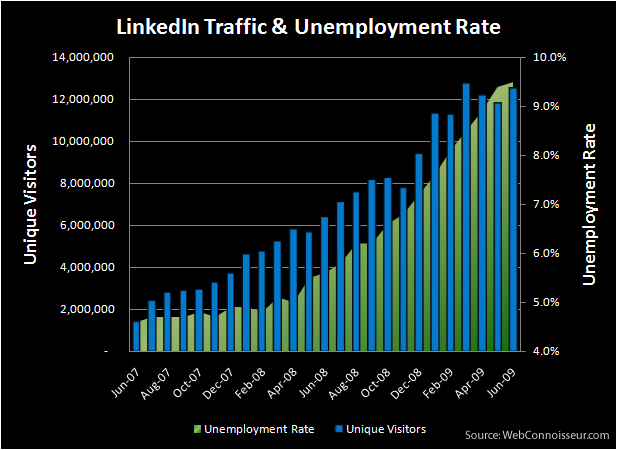 Pubcon is always a great conference and tends to attract more practitioners then some of the other major search conferences, which is something I highly value. I’ll be speaking at Pubcon next week on UGC SEO (optimizing user-generated content to drive large volumes of natural search traffic). Surprisingly, this is my first time speaking at Pubcon and I’ll get to do it with the conference founder, Brett Tabke on the final day of presentations.
Pubcon is always a great conference and tends to attract more practitioners then some of the other major search conferences, which is something I highly value. I’ll be speaking at Pubcon next week on UGC SEO (optimizing user-generated content to drive large volumes of natural search traffic). Surprisingly, this is my first time speaking at Pubcon and I’ll get to do it with the conference founder, Brett Tabke on the final day of presentations.
 Besides the conference sessions, there’s tons of great parties. This year I plan to attend DK’s Poker Tourney and the SEOMoz 3rd Annual Search Spam/Werewolf party (went to the first, but missed it last year).
Besides the conference sessions, there’s tons of great parties. This year I plan to attend DK’s Poker Tourney and the SEOMoz 3rd Annual Search Spam/Werewolf party (went to the first, but missed it last year).
 The Poker Tourney isn’t a charity event this year, but the intentions are still the same. This year Purpose Inc has asked that attendees post one of their favorite charities to a blog post. I’ve decided to mention Kiva, which is a non-profit that enables you to lend money to entrepreneurs in 3rd world countries to allow them to get themselves out of poverty. You get to choose who you lend to by reading their profiles and what the money will go towards, then they pay you back so you can lend to another in need.
The Poker Tourney isn’t a charity event this year, but the intentions are still the same. This year Purpose Inc has asked that attendees post one of their favorite charities to a blog post. I’ve decided to mention Kiva, which is a non-profit that enables you to lend money to entrepreneurs in 3rd world countries to allow them to get themselves out of poverty. You get to choose who you lend to by reading their profiles and what the money will go towards, then they pay you back so you can lend to another in need.
Hoe to see you in Vegas!
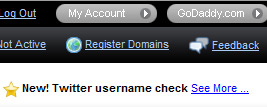 Every time I’m in my account tweaking my domains, I can’t help but notice the twitter promotion overload. I can’t help but wonder why GoDaddy would take such a keen interest in helping to fuel more twitter accounts. From a service perspective, it is pretty lame because it is already incredibly easy to check name availability and sign up for twitter. I could think of a hundred other features GoDaddy should build and promote instead. If it were a two-way arrangement, where Twitter promotes domain registration for Twitter user names, then I could see the benefit.
Every time I’m in my account tweaking my domains, I can’t help but notice the twitter promotion overload. I can’t help but wonder why GoDaddy would take such a keen interest in helping to fuel more twitter accounts. From a service perspective, it is pretty lame because it is already incredibly easy to check name availability and sign up for twitter. I could think of a hundred other features GoDaddy should build and promote instead. If it were a two-way arrangement, where Twitter promotes domain registration for Twitter user names, then I could see the benefit.